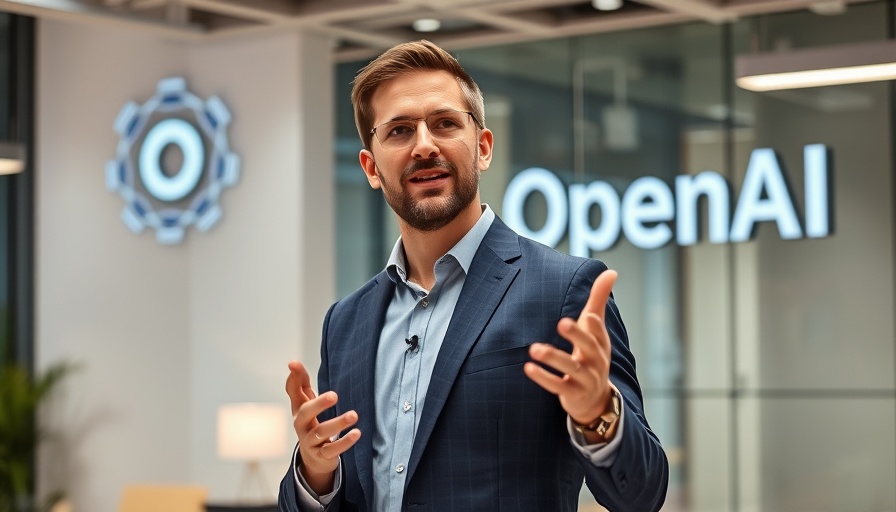
What It’s Like to Work in the Vanguard of AI Development
Working at OpenAI offers a rare window into the forefront of artificial intelligence (AI) development—an arena where challenges meet unprecedented opportunities. Insights from an ex-engineer reveal a landscape shaped by technical prowess, collaborative ambitions, and an unyielding focus on ethical implications. For business leaders and CTOs alike, understanding this environment may offer a strategic lens through which to navigate their own tech investments.
The Culture of Innovation and Autonomy
Central to OpenAI’s ethos is a culture that fosters innovation through autonomy. Engineers are empowered to contribute their ideas, a practice that not only enhances creativity but also accelerates project timelines. This self-learning infrastructure creates a feedback loop, driving operational efficiency and inspiring machine-led growth. Business owners can glean key takeaways about harnessing autonomy to stimulate innovation within their own teams, drawing parallels on how to establish frameworks that encourage independent problem-solving.
Challenges: Astounding Expectations and Impacts
Insights from former employees indicate that while the potential for impact is immense, the expectations can often feel overwhelming. The drive for excellence pushes teams to deliver results at a rapid pace, stirring an intense environment where failure is perceived not as a setback but rather a stepping stone in the pursuit of advanced AI. For executives, recognizing such dynamics is crucial in managing talent and expectations—essentially making space for iterative learning rather than punitive responses.
Navigating the Ethical Terrain
The role of ethical considerations in developing AI cannot be overstated. OpenAI holds a vision that extends beyond just technological advancement; it seeks to consider the societal ramifications of its technologies. This reflexive approach provides a critical insight for business leaders on integrating ethical frameworks into their technology strategies. As industries increasingly pivot towards AI, aligning with ethical values ensures long-term viability in a market increasingly influenced by public perception and regulatory landscapes.
The Machine Learning Ecosystem: Tools and Technologies
The technical environment at OpenAI features a cutting-edge tech stack, including tools for real-time operations, zero trust security measures, and backend clarity. Leaders should consider how these technologies—like serverless architectures and autonomous workflows—can enhance their operational capabilities. By adopting a modular systems approach, businesses can achieve greater scale optimization and a clearer visibility into their tech ecosystems.
The Future of Work and AI Integration
As AI systems evolve, so too does the concept of work itself. The integration of advanced AI technologies, such as quantum-inspired algorithms and applied AI models, could redefine workflows, leading to profound shifts in productivity and efficiency across industries. Forward-thinking leaders should prepare for a landscape where automation density and system-level visibility will determine competitive advantage.
Conclusion: Embracing Disruptive Change
In conclusion, working within the interdisciplinary nexus of AI at OpenAI presents both challenges and extraordinary opportunities. By embracing the lessons learned from this environment—fostering autonomy, tackling ethical dilemmas, optimizing technical stacks, and preparing for future disruptions—business leaders can carve out pathways to innovation and sustainable growth in their enterprises. The journey does not end here. Drive your organization forward by exploring how to implement these insights into your own operational strategy.
 Add Row
Add Row  Add Element
Add Element 



Write A Comment